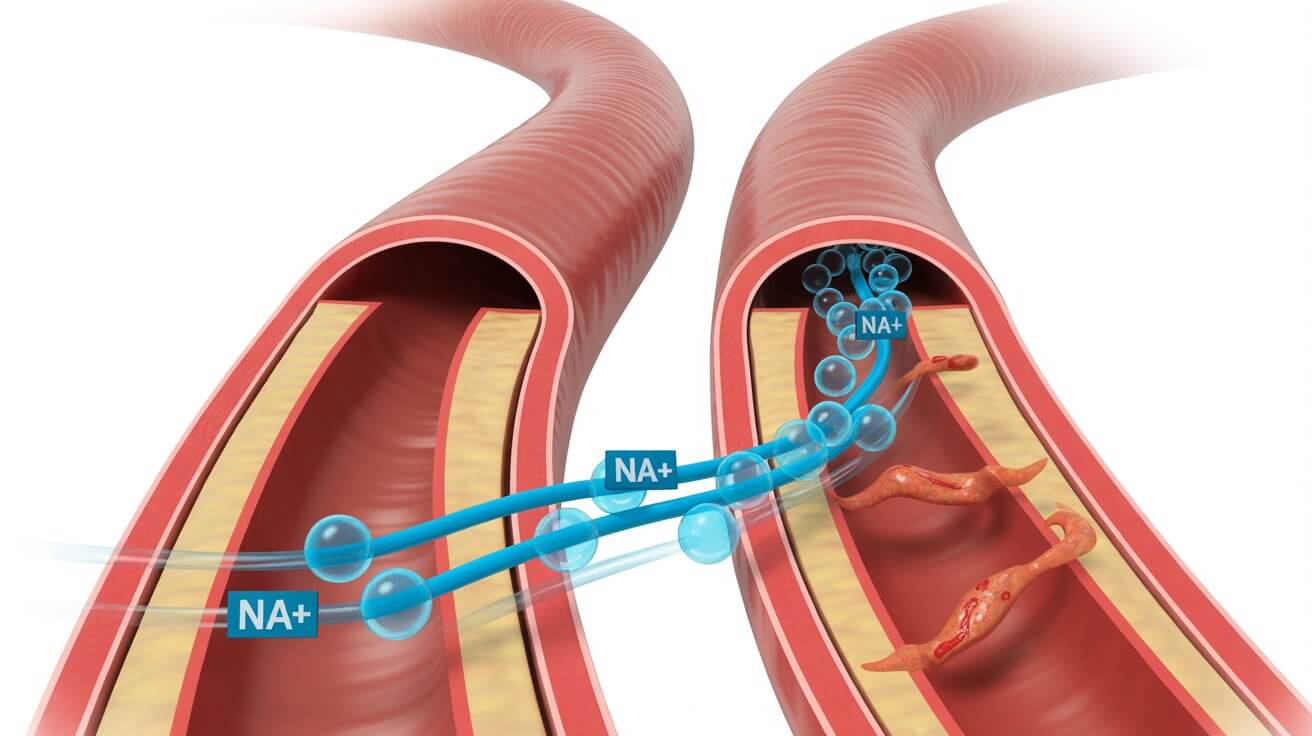It often begins quietly — a faint glow on the horizon, a smoky scent in the air, or a sky turning gray. For millions, this is no longer a distant issue but a recurring challenge each wildfire season. The flames are visible, but the true danger hides in the invisible particles that penetrate deep into our bodies. These pollutants silently threaten respiratory health and overall well-being. Recognizing the health effects of wildfire smoke is essential to staying safe. By understanding how smoke impacts the lungs and adopting evidence-based strategies, you can reduce risks and protect your family even when the air outside turns hazardous.
What’s Really in Wildfire Smoke?
It’s easy to think of smoke as just a simple irritant, but the reality is far more complex. Wildfire smoke is a toxic mixture of gases and fine particulate matter (often called PM2.5) released from burning vegetation, building materials, and other substances. These microscopic particles are smaller than the width of a human hair, allowing them to bypass the body’s natural defenses.
When you breathe them in, they can travel deep into the lungs and even enter the bloodstream. This isn’t just about a temporary cough or a scratchy throat. For vulnerable individuals, this exposure can trigger serious health events. The body’s immune system reacts to these foreign particles, causing inflammation throughout the respiratory tract. This is why even healthy individuals might experience chest tightness, shortness of breath, or a persistent cough after smoke exposure. These reactions are part of the most concerning health effects of wildfire smoke.
Who Is Most at Risk?
While no one is immune to the effects of wildfire smoke, some groups are significantly more vulnerable. It’s crucial to be aware of these risks, both for yourself and for your community.
- Individuals with Pre-existing Respiratory Conditions: People with asthma, chronic obstructive pulmonary disease (COPD), or bronchitis can experience severe exacerbations of their symptoms.
- Individuals with Cardiovascular Disease: The inflammatory response triggered by smoke particles can increase the risk of heart attacks and strokes.
- Children and Teenagers: Their lungs are still developing, and they breathe in more air relative to their body weight, making them more susceptible to harm.
- Older Adults: They are more likely to have underlying health conditions and may have a diminished ability to cope with the respiratory stress.
- Pregnant Women: Exposure to air pollution can impact both maternal health and fetal development.
Each of these groups faces heightened vulnerability to the health effects of wildfire smoke, which makes protective measures even more critical.
Want to better protect your heart? Check out our guide Hypertension Made Simple – Everything You Need to Know to Control High Blood Pressure and learn practical ways to take control of your blood pressure.
Practical Steps to Protect Your Lungs
Feeling helpless against a cloud of smoke is understandable, but there are effective, evidence-based actions you can take to safeguard your respiratory health. The goal is to minimize your exposure and create a safe breathing environment.
- Stay Indoors and Create a “Clean Room”: Your first line of defense is to stay inside as much as possible with windows and doors closed. Designate one room in your home (ideally a bedroom) as a “clean room.” Use a high-efficiency particulate air (HEPA) purifier in this room to filter out the fine particles from the air. If you don’t have a purifier, even a high-quality HVAC filter (rated MERV 13 or higher) in your central air system can make a significant difference.
- Wear the Right Kind of Mask: If you must go outside, not all masks are created equal. Cloth masks and surgical masks offer very little protection against fine particulate matter. The most effective option is a well-fitted N95 or P100 respirator. Make sure it seals tightly to your face to prevent smoke from leaking in around the edges.
- Monitor Air Quality Levels: Knowledge is power. Use online resources like AirNow.gov to check the Air Quality Index (AQI) in your area. When levels are in the “Unhealthy for Sensitive Groups” (orange) category or worse, it’s critical to limit outdoor activities, especially strenuous exercise.
- Avoid Adding to Indoor Pollution: When smoke levels are high outside, you want to keep your indoor air as clean as possible. This means avoiding activities that generate more particles, such as frying food, burning candles or incense, and vacuuming (unless your vacuum has a HEPA filter).
- Stay Hydrated and Listen to Your Body: Drinking plenty of water can help keep your respiratory tract moist and better able to handle irritants. Most importantly, pay attention to your body’s signals. If you experience persistent coughing, shortness of breath, chest pain, or severe fatigue, contact a healthcare provider.
Wildfire smoke is a challenging new reality, but it doesn’t have to dictate our health. By understanding the risks and taking proactive, informed steps, we can protect our lungs and breathe a little easier, even when the skies are hazy. The better we recognize and act against the health effects of wildfire smoke, the safer and healthier our communities can remain.
Source & Further Reading
For readers interested in the scientific data, this review from Environmental Science & Technology provides a comprehensive analysis of the health effects, biological mechanisms, and mitigation strategies related to wildfire smoke exposure.
Wildfire Smoke: Health Effects, Mechanisms, and Mitigation: https://pubs.acs.org/doi/10.1021/acs.est.4c06653
Medical Disclaimer: This content is for educational purposes only and does not replace professional medical advice, diagnosis, or treatment. Always consult your physician or a qualified healthcare provider with any questions about a medical condition.









